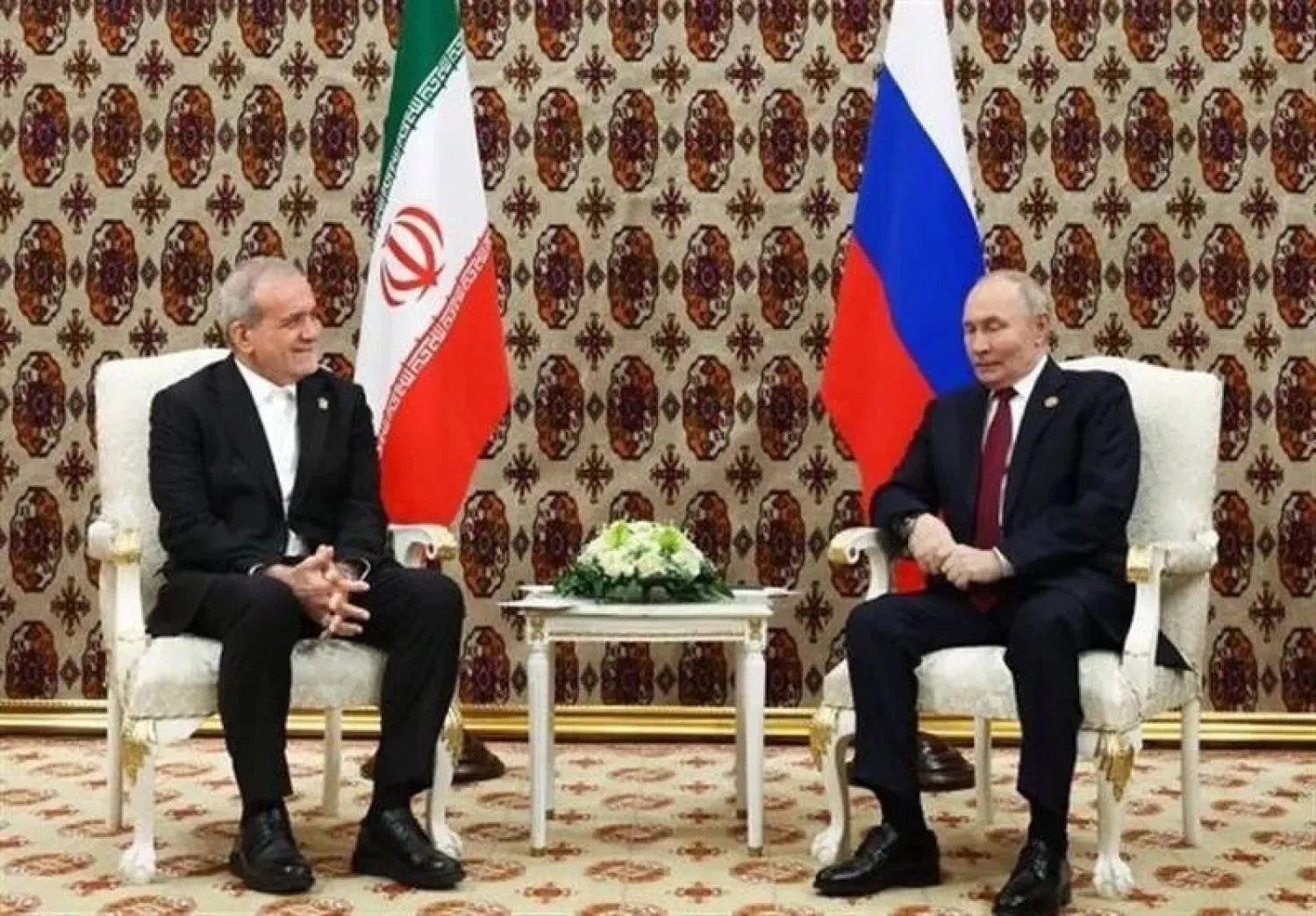Major General Mohammad Bagheri, Chief of Staff of the Iranian Armed Forces, said that Iran had conducted “realistic” military maneuvers in sensitive locations that could be a potential target for foreign attacks.
The drills come at a time international fears of Iran enriching weapon-grade uranium are increasingly growing.
Bagheri told state television that the joint exercises of the air defense units of the Revolutionary Guards and the army are taking place in “realistic” conditions in areas that “could be targeted by enemies and possible threat scenarios.”
Iranian Defense Minister Mohammad Reza Gharaei Ashtiani had played down the US’ announcement of holding joint naval maneuvers in the region.
On the sidelines of a government meeting, Ashtiani told reporters that the US-led naval maneuvers were held for various reasons, including “preserving the morale of soldiers who have been stationed for months in the region.”
The minister refused to allow the “international naval exercise” led by the US Central Command (CENTCOM) in the region, which will continue until mid-March, to threaten Iran.
“Holding maneuvers is not a reason to launch a military operation, and there are other reasons,” Ashtiani told reporters.
“We do not have conclusions about a military operation, but Iran is constantly alert,” he added.
The state-run Mehr news agency said Iranian forces had trained to counter cruise missile attacks.
During the drill, the agency reported that hostile targets were taken down by the domestically developed Khordad air defense system.
Moreover, the Dezful defense system of the Revolutionary Guard’s aerospace force and the Majid defense system of the Iranian army were deployed at the joint air defense military drills on Tuesday.
“We warn the US that any support for the actions of the Israeli military against Iran would endanger the lives of American soldiers in the region,” said the Commander of the Khatam al-Anbia Headquarters, Maj. Gen. Gholam Ali Rashid.
The Khatam al-Anbia Headquarters coordinates joint operations by the Revolutionary Guard and the Iranian army.
“Taking threats seriously and being prepared to defend and attack the enemy is the logic that oversees carrying out maneuvers,” said Maj. Gen. Rashid.
Tensions have recently escalated between Tehran and the West. Reasons behind strained ties include Tehran’s nuclear program and its supply of weapons, such as explosive drones, to Russia in its war with Ukraine.
Additionally, Tehran has been brutal in suppressing anti-establishment demonstrations.









